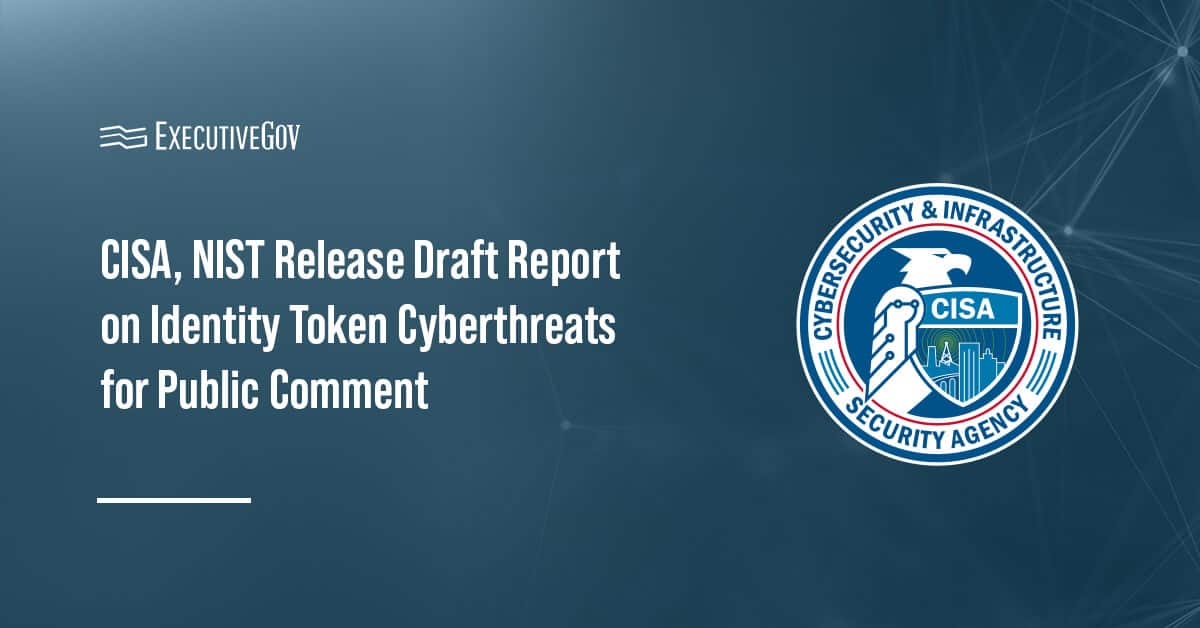U.S. Marine Corps Col. Jared Voneida, commander of Defense Information Systems Agency Pacific, spoke at the recent AFCEA TechNet Indo-Pacific 2024 conference, where, during a breakout session, he discussed the need for resilient communication in the region.
Table of Contents
Communication Node Distribution
Part of that effort to ensure resilience is DISA’s move away from large command and control nodes towards smaller, dispersed sites, according to an article published Thursday on the agency’s website. Node distribution across a wider area ensures continued connectivity because, Voneida said, “[big] nodes are worthy of being attacked.”
“Small dispersion is what we’re looking for, not only for security but also to cover down on the threat,” the official added.
Agnostic Transport
Voneida also discussed the need to achieve what he described as “agnostic transport,” where communication is maintained through the use of a mix of various technologies, including terrestrial fiber and satellite communication.
“What we’re doing is looking at spreading out our capability to make sure the joint coalition force can connect, making it exceedingly difficult to be completely denied,” the DISA Pacific chief explained.
Communication Security
Protecting communication infrastructure is complex, Voneida noted, due to the many ways it can be compromised. Part of efforts to mitigate such threats is DISA collaborating with industry and government partners.
Also key to communication security is Thunderdome, the agency’s zero trust network access and application security architecture.
For Voneida, getting zero trust right would be advantageous in the Indo-Pacific in light of “all these disparate countries that we have to work with.”





